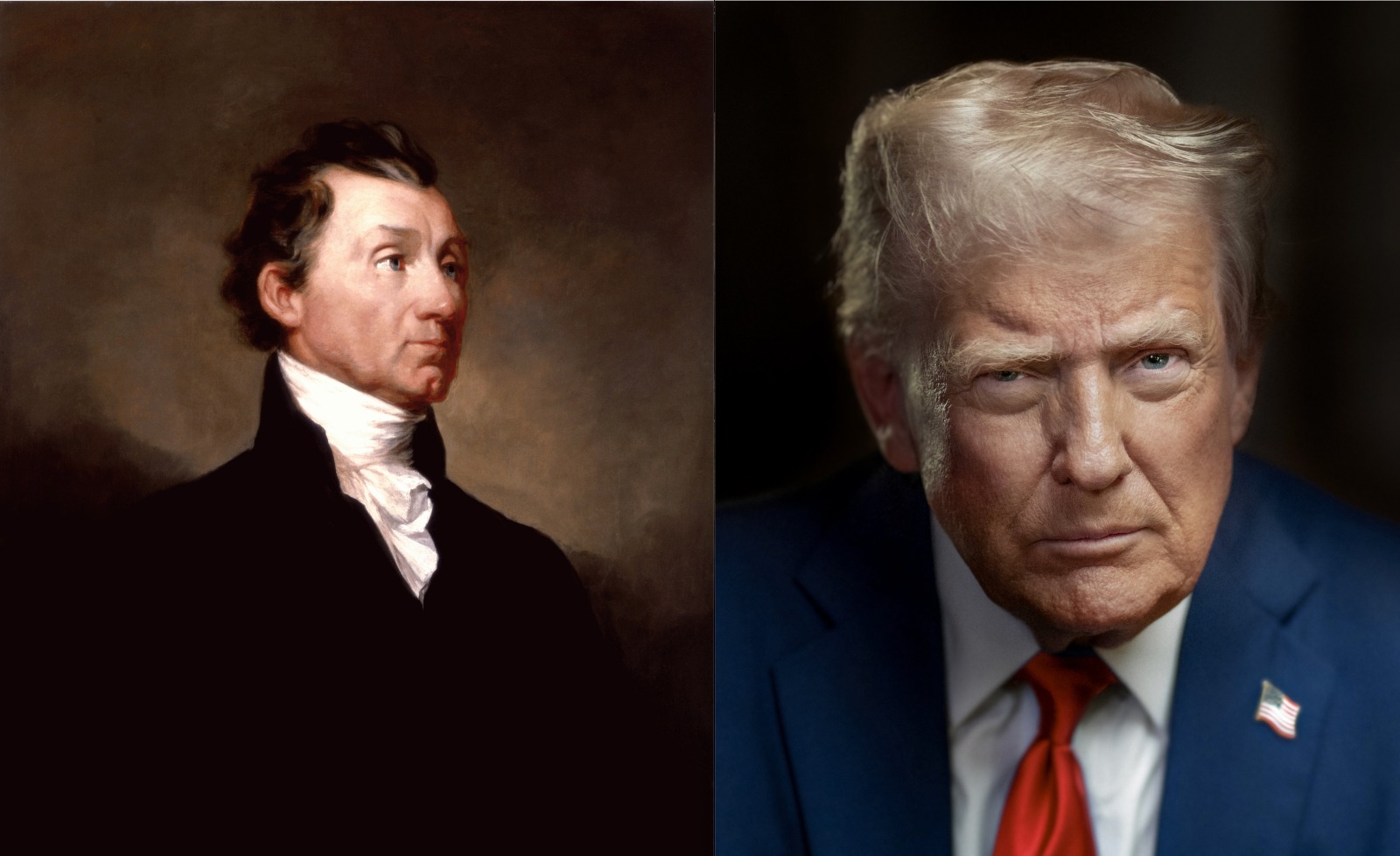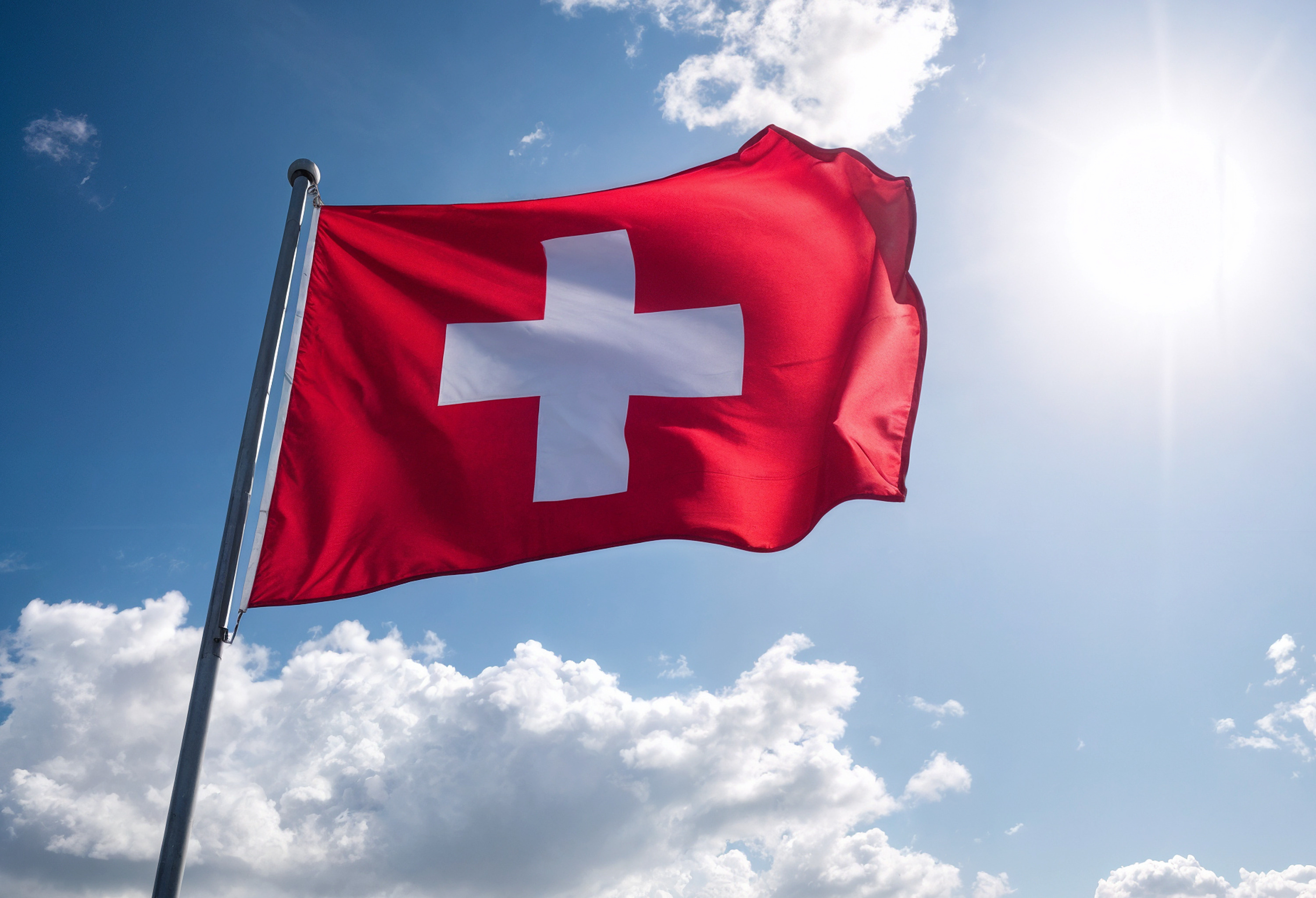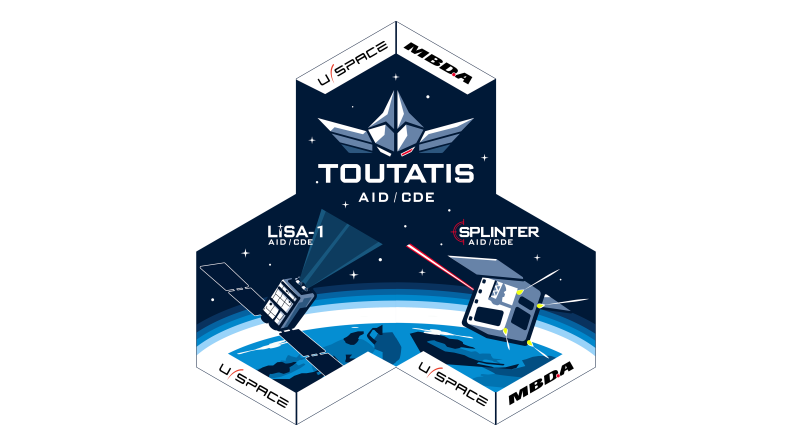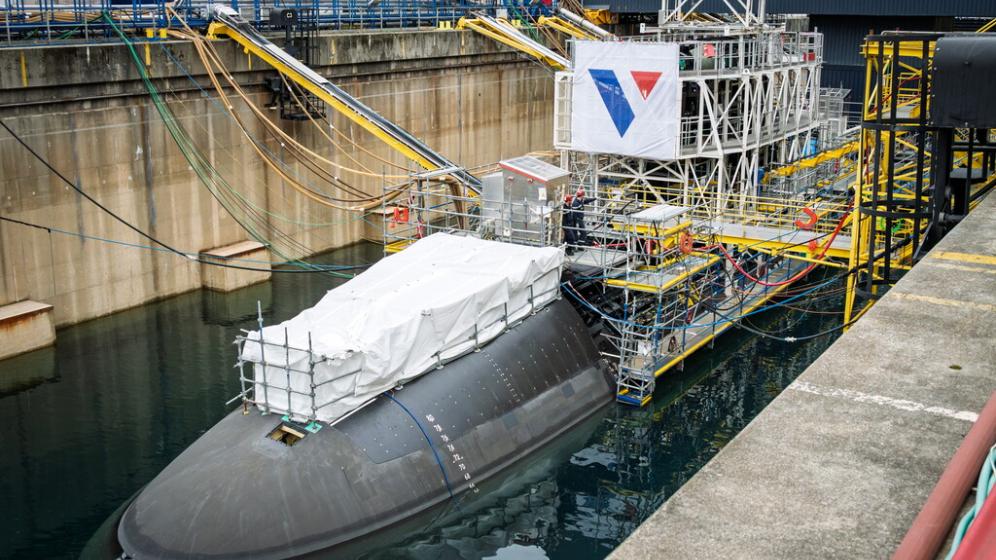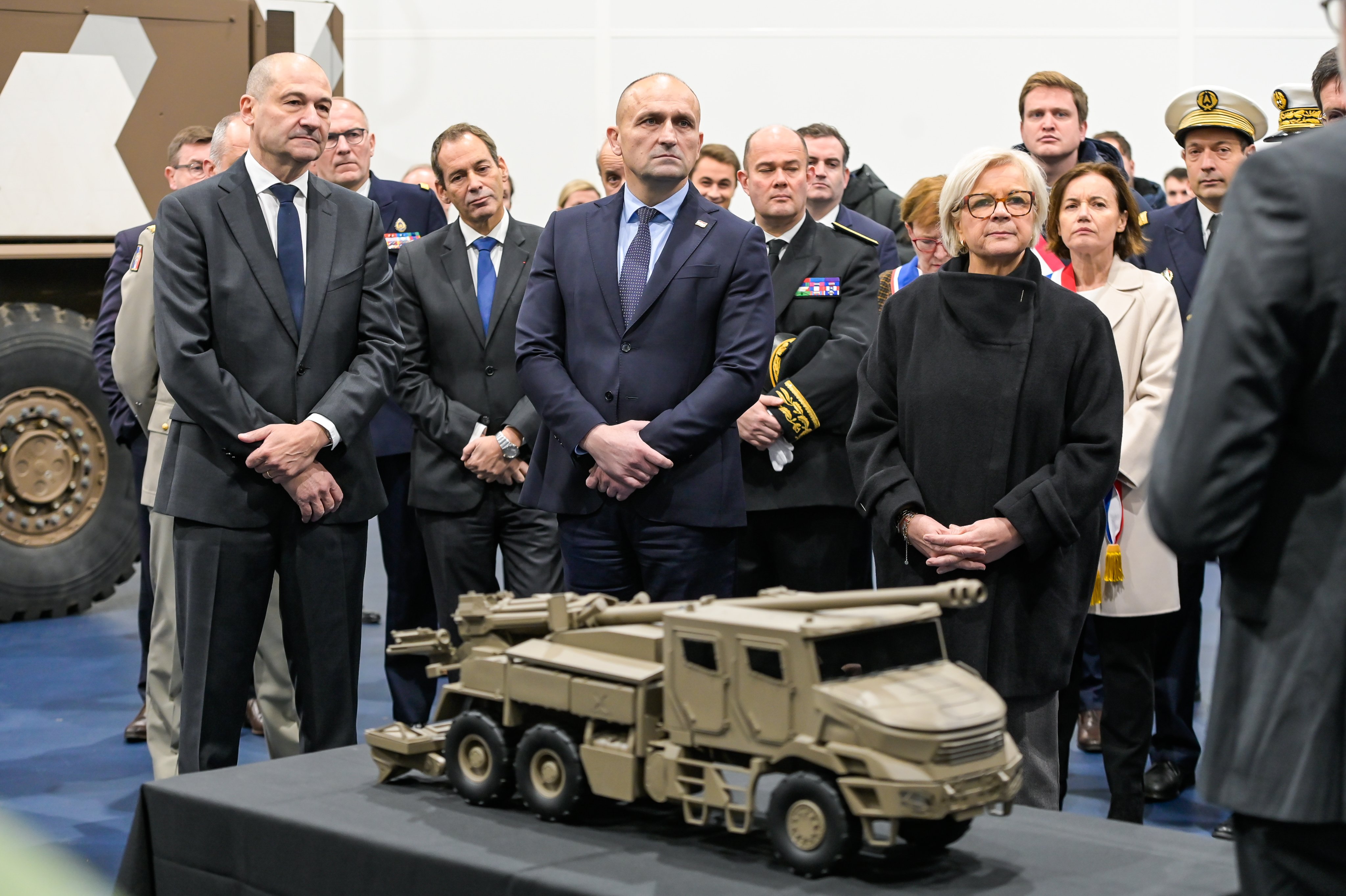European cooperation in the civil aerospace sector has led to the development of ambitious programmes despite far lower funding than their US equivalents receive. On the contrary, military space programmes have up to now mostly national.
Space Cooperation in Europe: Great Success in the Civil Field, Little Developed in the Military Field
European cooperation in space affairs had some difficult teething troubles in the nineteen sixties and seventies, a period noted for the coexistence of two organisations, the European Space Research Organisation (ESRO), exclusively dedicated to scientific research in space, and the European Launcher Development Organisation (ELDO), dedicated to development of the launcher Europa. Unfortunately the latter saw nothing but setbacks during its development and was abandoned in 1972. This failure was attributed to a weak programme management though in the end led to a positive outcome in the French proposal to develop the Ariane launcher in a far more technically-orientated programme to be directed by the French Space Agency (Centre national d’études spatiales—CNES) on behalf of the European Space Agency (ESA).
Creation of the ESA and the success of inter-governmental cooperation
The ESA was decided upon in 1973 and became effective in 1975. It took on the ESRO’s scientific programmes and in particular introduced the notion of optional programmes in which only interested member states could choose to participate. In 1973 this new notion facilitated commitment to the Ariane, Spacelab (West Germany) and MAROTS (United Kingdom) satellite programmes. Other satellite programmes with applications such as Meteosat (meteorology) and OTS/ECS (point to point telecommunications) also benefited from the flexibility of the ESA convention that introduced and intelligently managed these optional programmes for which the guarantee of in-country industrial contracts was the best argument for convincing member states to participate financially. The latter point is worthy of analysis across the entire range of programmes of the European Space Agency, including the compulsory scientific programme to which all member states contribute according to their GDP.
This scientific programme is also worth a particular look, since it has allowed Europe to play a leading role in astrophysics and in exploration of the solar system virtually without a hitch, placing the European scientific community on the same level as the American one despite the considerable difference between the financial assets that NASA and ESA commit to these activities.
This organisation has worked well since its creation and has led to commitment to new programmes such as (regarding earth observation alone) ERS-1 and 2 radar satellites in 1981 and 1984, launched respectively in 1991 and 1995, then the highly ambitious ENVISAT, decided upon in 1992 and launched in 2002 which until 2012 supplied improved radar data of the same type as ERS as well as new information on the chemistry of the atmosphere related to depletion of the ozone layer and greenhouse gases. It also led to the decision to develop the METOP polar orbiting meteorological prototype satellites requested by the meteorological services, and a number of programmes for validation of new satellite telecommunications technologies.
In October 1995, during a difficult ESA council meeting at ministerial level in Toulouse, Europe’s participation in the International Space Station (ISS) project was agreed, a decision that felt more political than technical but one supported vigorously by Germany. Europe then committed to supplying one of the modules of the station (Columbus, which was launched in 2005 and has been operational since then) as well as the Automatic Transfer Vehicle (ATV), a huge, unmanned cargo vessel weighing over 20 tons for the regular resupply of the station. There were five ATV launches by Ariane 5 from 2008 to 2014, which among other things served to pay in kind Europe’s share of the operational costs of the ISS.
For launchers, the decision mechanism for the ESA’s optional programmes authorised development of new versions of the Ariane launcher, Ariane 4 in 1984, launched for the first time in 1988 and exploited with great success up to 2003, then Ariane 5 in 1987, whose first launch in 1996 was a failure, but after being quickly overcome went on to conduct an impressive series of successes—more than 100 by April 2019. This excellent result is perhaps the origin of a degree of relaxation of European vigilance: from 2005 to 2010 Europe paid insufficient attention to rekindled competition in the United States with the arrival of SpaceX and its Falcon launchers. As a result the preparation of the following generation started late and it was only in 2014 that the ESA Ministerial Council launched development of Ariane 6, this time with a completely renewed industrial organisation based on the new company ArianeGroup, which brought together the ballistic missile and space launcher teams from Airbus, and the space rocket engine teams from Safran. Ariane 6 will be in two versions, 62 and 64 (2 or 4 additional propulsors), and will operate from the European spaceport in French Guiana, within the Guiana space centre the (Centre spatial guyanais—CSG).
A little-known but remarkable dimension of this European effort in space cooperation has been its capacity to conceive and organise bodies able to take over from the ESA in exploiting the systems it has developed. It was in this way that Eutelsat for telecommunications satellites (privatised at the beginning of the century), the European inter-governmental organisation EUMETSAT for meteorological satellites and Arianespace for commercialisation of launching services using Ariane, progressively took over the exploitation of satellites and launchers that had been developed under the auspices of the ESA. Arianespace is a particularly interesting case since on creation in 1980 it was the first company in the world to offer a commercial satellite launch service. At that time, NASA was responsible for American launchers operating for civilian applications, including launches of non-American satellites, and the Department of Defense (DoD) was responsible for operating launchers for its own requirements.
The ESA is an inter-governmental organisation quite independent from the European Union. It has non-EU member states such as Switzerland and Norway, and the United Kingdom intends to remain a member even after Brexit, should the latter occur. Its success comes from the confidence of its member countries in the management of programmes by the Agency’s technical teams. In particular they are very attentive to commitments regarding the geographical benefits of programmes, occasionally to the detriment of a programme itself. The ability of the ESA to manage these constraints to the benefit of everyone whilst generally keeping to cost and timetable targets is a reason why a number of European countries has expressed a wish to join the Agency over the years. From eleven at its creation in 1975 it had twenty-two member countries in 2018. Such expansion has only been possible by great attention being paid to the increasing ability of new member countries’ industries, which has occasionally led to inefficient doubling up of critical competences in Europe. This trend towards scattering of teams and industrial sites goes against the overall competitiveness of European space industry as a whole, but is probably the price to pay for a truly inclusive approach to the development of a European space organisation which does not leave by the wayside those countries that have decided later than others to invest in the sector.
The European Union becomes interested in space
The gradually increasing EU interest in space matters only really began at the beginning of the nineteen-nineties. Until then only the European Commission’s ‘research’ directorate kept an eye on how EU member states’ space ambitions were developing: it did not intervene, since they had already taken the initiative to create the ESA.
That said, the Joint Research Centre of the European Commission was already very involved through its space applications institute at Ispra in Italy. For several years the institute’s teams had been studying practical applications of remote sensing imagery from space. The most remarkable among these was the MARS programme in direct support of the Common Agricultural Policy, which generated statistics on the agricultural production of all member states from analysis of imagery from the American Landsat satellites and later, from 1986, from the Franco-Belgian-Swedish SPOT satellite. The institute was also working on satellite surveillance of tropical forests and oceans in close cooperation with a number of research laboratories and teams spread across the whole of Europe. This work was directly related to studies into global changes that were developing rapidly in the nineteen eighties and nineties.
During the same period, the European Commission was involved via its environment and external relations directorates in preparation and negotiations regarding international conferences on the reduction of greenhouse gases which were to culminate in signature of the famous Kyoto Protocol in 1997. These negotiations highlighted that, while Europe’s desire to reduce its production of greenhouse gases was real, it did not really know how to go about doing it or how to measure independently on a worldwide scale the rates of production and absorption of these gases—particularly carbon dioxide. It therefore became important that the EU negotiators were correctly informed through observation from space of progress made in the key parameters used to measure climate change. This necessary connection between highly advanced research and the world of regulators and politicians was the origin of the EU’s Copernicus programme that was first known by the name Global Monitoring for Environment and Security (GMES) and which was set in motion in the early years of the century after publication of the Baveno Manifesto in 1998.(1)
The EU undertook a considerable part of the financing of the programme, to the tune of nearly 8 billion euros. It has an entire series of operational observation satellites developed under the aegis of the ESA and sent into orbit from 2014. At the beginning of 2019, seven Sentinels are being exploited and others are being prepared. It is a very fine example of efficient cooperation between the EU, which is financing the major part of the programme, and the ESA, which is managing the development of satellites entrusted to industry, the operations in orbit and the ground assets needed for the reception, storage and distribution of a quite considerable mass of data. The budget planned by the European Commission for Copernicus over the period 2021-2027 is 5.8 Billion euros.
The EU’s other main space programme is the Galileo positioning and navigation satellite constellation, better known to the public at large because of its services similar to those of the American GPS. Its origin is interesting: for the EU it was a question of reducing economic dependence on GPS, which had become excessive by virtue of GPS’s monopoly and the complete absence of commitment by the US government to the continuity and integrity of the civilian GPS signal. The latter was offered free to the rest of the world, it is accepted, but was not backed up by the slightest guarantee. The economic impact of this system is considerable for applications are multiplying at an astonishing rate, well in excess of the wildest dreams of the (military) founders of GPS. The question of dependence on it is therefore even more relevant, since it is a unique system whose primary objective is above all military—civilian use comes a second.
The European Commission’s initial proposal for the Galileo programme was drawn up in 1999 by its transport and energy directorate, and called on a public-private partnership for the deployment of a constellation of thirty satellites whilst the development cost for the first four prototypes and a third of the deployment cost would remain chargeable to the EU budget. The scale of financing needed for the deployment and the uncertainty over return on investment led to an impasse and the approach was abandoned in 2007, after which the EU took on the total deployment cost of Galileo of nearly 11 Billion euros. The European Commission delegated to the ESA the technical management of the development phase of the programme on the condition that it obey EU management rules, which are different from those of the ESA and which exclude the guarantee of geographical benefits. Division of the industrial work into six main sections in effect made the ESA the overseer of development and validation of the system and as a result the single entity in a position to guarantee its performance.
Today after many delays (including Soyuz putting two of the satellites into incorrect orbits) and several other concerns in particular over on-board atomic clocks, 26 satellites are currently being exploited out of the 30 planned, and another 12 are under construction. Since the end of 2016, some of Galileo’s services have been operational, including the free Open Service. The performance is remarkable, with instantaneous positional accuracy of about 1.5 metres (5 feet), which is better than that for GPS (2.5 to 3 metres/8 to 10 feet for bi-frequency receivers(2)) and far better than the Russian GLONASS and the Chinese Beidou. The Public Regulated Service, reserved for EU member states’ governmental services, is not yet ready: its initial operational capability should be available from the beginning of 2020. It is also planned to introduce a free high-accuracy service that will offer positioning to 20 centimetres (8 inches) and a ‘certified’ positioning service in a few years’ time that may be charged for. Additionally the Galileo satellites carry equipment for the reception and retransmission of 406 MHz maritime and aeronautical distress transponders that ensure the continuity of the international COSPAS-SARAST system that was set up at the beginning of the nineteen-eighties by Canada, the United States, France and the Soviet Union. Galileo improves the service significantly by reducing the time for detection from several hours to 10 minutes and by allowing the SAR services to benefit from the accuracy of its localisation function.
After numerous ups and downs and delays, the European Galileo system is therefore on the way to achieving the operational stage and from now on the GSA(3) and the European Commission are studying desirable developments for services that might be included in the second generation of Galileo satellites. The budget planned by the European Commission for the Galileo programme for the period 2021-2027 is 8.25 Billion euros.
A fair measure of the credibility that Galileo has now achieved can be found in the fact that most so-called GPS chips in portable telephones currently on the market are in fact GPS+Galileo chips, able to handle signals from both constellations of satellites. The GSA reckons that today over 700 million terminals worldwide are equipped to receive Galileo signals and that the figure will exceed a billion by the end of 2019.
What about European cooperation in space systems for defence?
In the field of space systems that serve defence needs, in which the ESA cannot intervene since its constitution forbids it, member states of the EU tend to define their needs and develop their systems on a purely national basis. The British were first to deploy a system dedicated to their armed forces, the Skynet telecommunications system, which is now in its 6th generation (Skynet 6). France followed with its Syracuse satellites (Syracuse III today). Italy with the Sicral satellites, and Germany with the SATCOMBW satellites have done the same, as has Spain. Attempts to arrive at a common definition of needs and communications security requirements have never managed to achieve agreement on a single shared system. From the economical and operational points of view it is in any case far from certain that such a solution would suit military needs, given the very wide geographical variation in intervention areas for the forces concerned. Moreover the need for bandwidth regularly exceeds the capability available. This very rapid growth in the telecommunications needs of the armed forces is in part linked to the growing use of drones in operational theatres whose observation data collected has to be sent back to base, and communication with which has to be performed in real time.
In this somewhat national landscape of military space telecommunications there is one exception worthy of note. France and Italy have been able to reach agreement on a common high-data rate telecommunications satellite, Athena-Fidus, which was put into orbit in 2015 and whose exploitation and capacity are shared by the two countries’ armed forces.
At the EU level, the European Commission is trying to put a satellite system in place for the governmental telecommunications of those member states which wish to have secure communications without being prepared to invest in their own system (GOVSATCOM). It remains to be seen whether the attempt will come to anything.
The other privileged area of space systems that support defence and security is observation for reconnaissance and intelligence uses. Satellites in low orbit are a precious source of observation by virtue of their ability to overfly anywhere in the world and of their being out of reach of the law in their extra-atmospheric space environment. France was the first country in Europe to acquire such systems when in 1986 after the demonstration launch of SPOT-1 in February of that year it decided to put in place the optical reconnaissance satellites Helios 1A and 1B, launched respectively in 1995 and 1999. Spain and Italy contributed to the programme (7 and 14 per cent respectively) though Germany was hesitant invest in this area and the German Ministry of defence preferred radar observation. A decision was forthcoming at the end of 1999 and its constellation of five SARLupe radar satellites made by OHB in Bremen was put into orbit in 2006-2008. In between times France had greatly advanced in the preparation of its satellites of the following generation Helios 2A and 2B, but Italy was giving priority to its national dual use radar observation satellites COSMO-SkyMed (launched between 2007 and 2010) and did not participate in Helios 2. On the other hand Spain confirmed its participation but at the lower level of 2.5 per cent. Belgium and Greece also decided to contribute but they too at the modest level of 2.5 per cent each.
Helios 2A was launched in 2004 and Helios 2B in 2009. France and Germany signed a reciprocal agreement for access to SARLupe and Helios 2 (the Schwerin accord) that allows the two countries to exchange a part of the capacity of each system. A cooperation agreement in the form of shared system capacity between the Italian COSMO-SkyMed, the French Helios 2 and Pléiades, dual capability satellites then being developed under the auspices of Cnes was signed in January 2001 during the Franco-Italian summit in Turin. Pléiades 1 and 2 were put into orbit in 2011 and 2012, and benefit from the most advanced of observation technologies, which make them much more compact and thus far more agile. They presaged the Ministry of the armed forces’ CSO satellites that will take over from Helios 2. CSO-1 was launched in December 2018.
CSO refers to the Composante spatiale optique (Optical space component) of a European system called Multinational Space-based Imaging System for Surveillance, Reconnaissance and Observation (MUSIS), which was conceived by the partners in extant programmes, Germany, France, Italy, Spain, Belgium and Greece. In 2009 they had asked the European Defence Agency (EDA) to take on this concept as one of the Agency’s category B programmes. This attempt at coordination of reconnaissance satellites at the European level did not succeed, and seeing the lack of progress France decided to go ahead with developing the CSO satellites in 2015. France asked Germany to participate financially by purchasing the third flight vehicle, which would give it direct access to the optical constellation. Germany did not, however, give up on its interest in radar observation techniques and went forward with the SARah satellites, successors to the SARLupe. Italy has done the same with its COSMO-SkyMed Second Generation (CSG) and Spain is not being left behind: its Paz national radar observation satellites were launched in 2018 and the Ingenio optical one is planned for launch in 2019.
To sum up, in the field of observation for reconnaissance and intelligence purposes there is a considerable diversity of effort in Europe. This results from a very national approach to these activities due probably to a combination of the traditional culture of management of intelligence that does not really open it to cooperation in any usual sense, and protection of national industrial interests.
Until recently the European Union did not interfere in matters of defence and foreign policy but has for some time via its satellite centre at Torrejón de Ardoz in Spain played an important role in awareness and training on the exploitation of images from reconnaissance satellites. That centre was in fact created by the Western European Union (WEU) in 1991: its member states were impressed by the capability demonstrated from 1986 of the newly-orbiting civil SPOT satellite to collect images of the nuclear power station at Chernobyl, one of whose reactors exploded on 26 April of that year. Thereafter, two parliamentary reports from the WEU, written by Fourré and Malfati and published in 1988, highlighted the interest for Europe to acquire the capability, though without immediate effect. The first Gulf War in 1991 inspired the WEU Council to review the recommendation and rather quickly decided on the creation of the satellite centre, voted the finance and began the construction at Torrejón. It was never intended for the centre to have its own observation satellite but to exploit images supplied by civilian satellites such as SPOT and the American commercial satellites that from 1998 supplied high-resolution images, for use in intelligence on behalf of member nations. Access to classified images collected by French, German and Italian military satellites was the subject of particular and restrictive agreements which for long limited the centre’s access to such imagery.
The satellite centre was inaugurated in 1993 and was authorised to receive Helios 1 images from 1996. It was transferred to the EU on 1st January 2002, and has since been called the European Union Satellite Centre (EU SATCEN). It should be noted that because of its mission focused on defence and security needs, it is not part of the European Commission but reports to the European Council. Like the EDA, its operation is more inter-governmental in nature, in contrast to the usual common approach within the European Union.
* * *
This exposé would not be complete if it failed to mention, even briefly, satellites for gathering EM intelligence with which currently only France has experimented in orbit, with the four ESSAIM micro-satellites launched by Helios 2 at the end of 2004 and also the four ELISA electronic intelligence satellites, launched at the same time as Pléiades 1 in 2011. The next step is to put into service the CERES (Capacité de renseignement électromagnétique spatiale—Space electromagnetic intelligence capability) operational constellation, planned for 2020. These systems are not open to cooperation. ♦
(1) Global Monitoring for Environmental Security: A manifesto for a new European Initiative, brochure published by the Joint Research Centre, Ispra, October 1998.
(2) Which are in fact only a small share of the GPS receiver market, most being single frequency.
(3) European Global Navigation Satellite Systems Agency.


